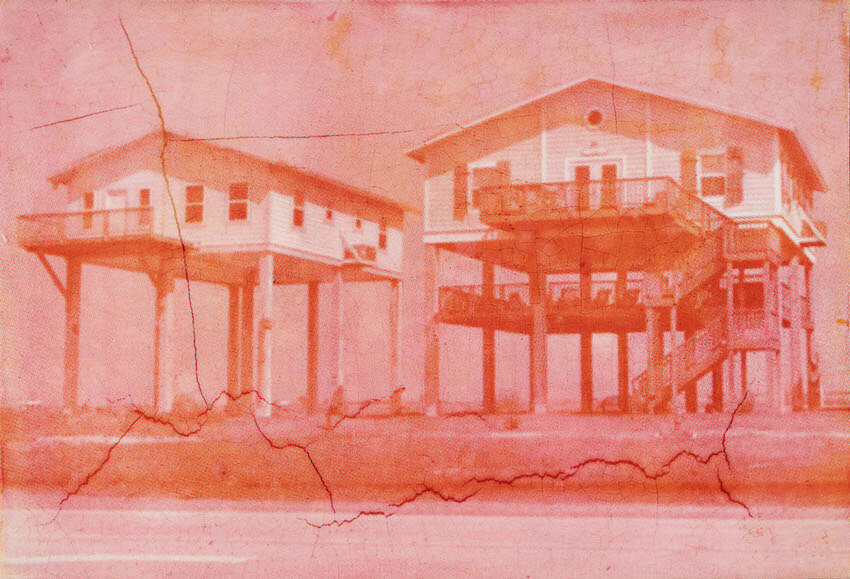
My fist entry and experiment keep/organizing m thoughts on the “surrender- Auca” project.
I’ve been working in the studio with some intriguing experiments and new directions. There’s no lack of possibilities of late and no lack of apprehension as I break new ground in process.
But I’m even more challenged by the subject as I delve further into the written records and accounts, as I consider my own baggage, limitations and divided loyalties. This confusion is the reason for this journal. I’m hoping that the expediency of typing and ability to correct and edit will help me. (The stuff I’ve written to date in my moleskin journals is a cumbersome process.)
So here are a few initial thoughts:
I am cowed by the lack of stuff I know. There’s the narrative, reported by folks like Elizabeth Eliot, or Steve Saint, who have a very deep personal stake in the story. They lost people they loved dearly. They have particular faith pov that they see through that comes right out of own evangelical tradition. They are necessarily and appropriately bias in how they’ve constructed the their story.
I have NO desire to undermine them in this. Yet I believe their ringside relationship with the events in ’56 is only a part of the elephant I grope around.
Reading S. Saint’s book “End of the Spear”. It’s an account of a son trying to get as much detail as he can (to know if his father and uncles “died well”). This is profoundly personal stuff and I feel both completely out of my depth as an artist and human to understand how to get my arms around it.
There was the sense, a long while back when I began this project, of fooling myself into thinking it was a fallow field. A subject that was largely unknown. This was exciting and allowed me a free play to make my judgments of it and reduce it to a simple formula: missionary’s uninformed/ foolish vs. Waodoni oppressed by colonial forces. Reading more (at least from Steve) I get a larger picture that the missionaries we’re also trying to “save” the Indians from inevitable genocide by the government/oil companies and settlers. Certainly to look at what Rachael Saint did following the massacre as someone who went to live with and love the people who killed her brother, presents a much different picture.
I’ve only just begun to get a sense that this project has to have something that is mine as well. Martin Johnston Heade and his 19th c. romantic view of the Amazon is all well and interesting as an artistic referent, and provides outside images that the viewer can look through in reading the photo’s beneath. But there needs to be much more (4 screens don’t cut it).
What if my own times could also be a screen for this?
I keep trying to simplify. The tack of late is to focus on the women involved. And this provided a way forward passed some of the initial hamstrung reservations and confusions. But I’m at another cross roads and crisis in the studio.
Do I retell this story or is it a facet of something larger? I almost believe it is. That there’s a coupling (like the MJH birds), which I must be open too.
Along side of this are the panels and presentation and process. At the moment, I’ve been screening on raw pieces of plywood board. The thought is that these will be for the images the men took of Nenkiwi (George) Gimade (Delilah) and Mintake.
The painted up layered one’s will be for the wives back at the base.
In painting the raw boards and leaving the wood underneath to act as the negative space, I am letting go of the long standing impulse to paint the hell out of something (a la Ryder) so as to insure a sense of investment and meaning in the work. This is spooky to me. I want so much to speed up the process of producing work, but also to impose a deliberate touch upon it with my sensibility. Don’t know how this will out.
At present I also face a dearth of visual material. I need more “palm beach”. A cross. A spear. May be more humming birds?
So this goes. I plod along looking for light in the jungle gloom.















